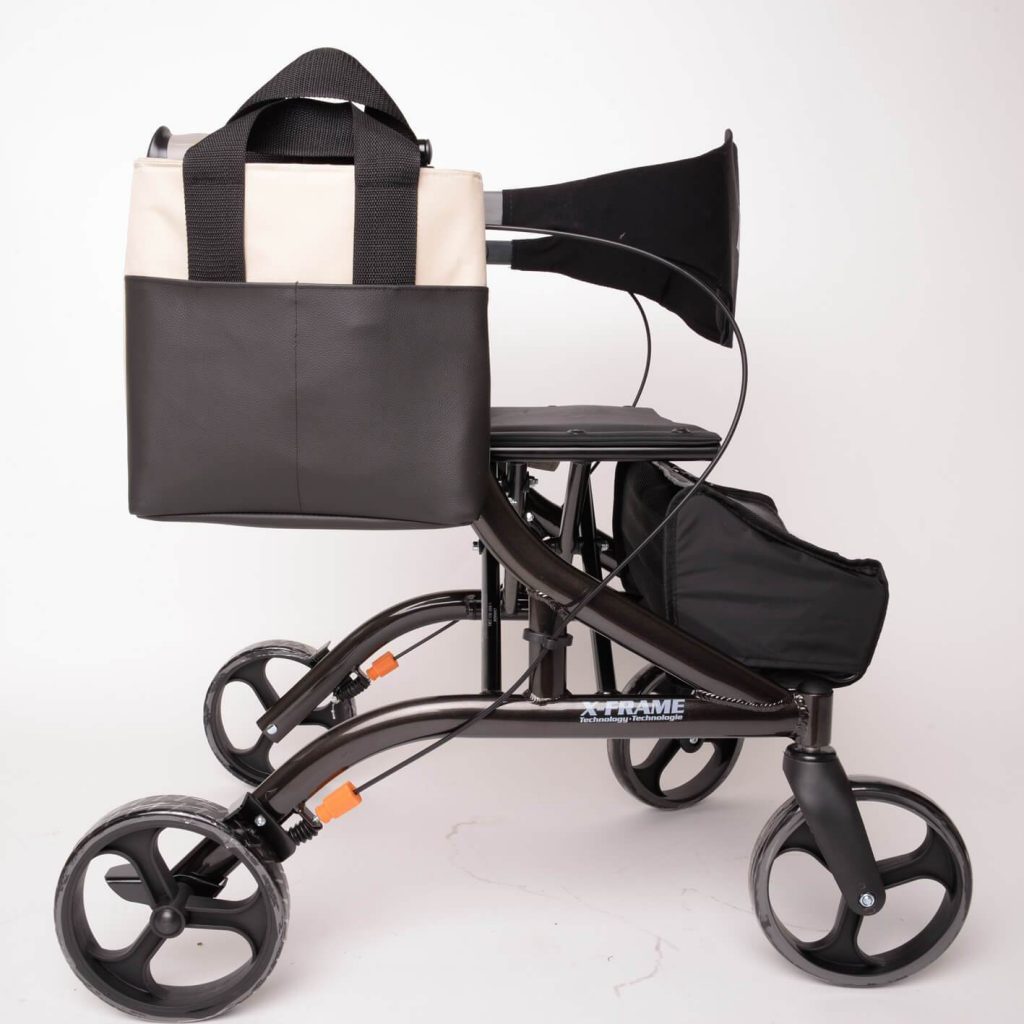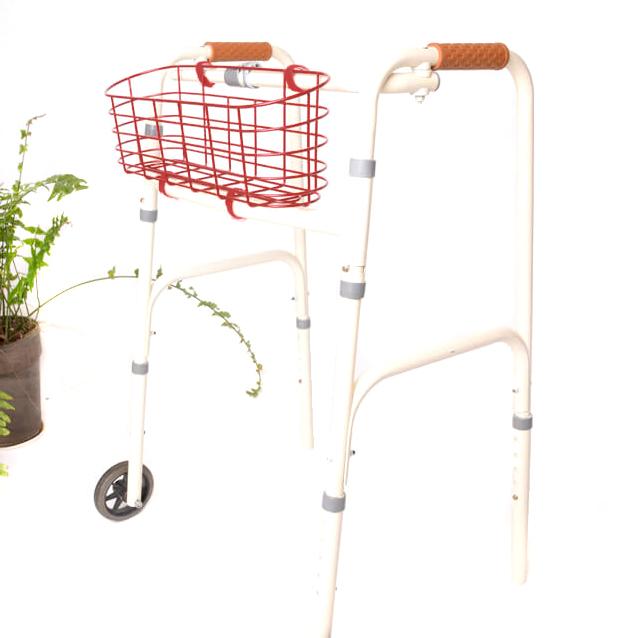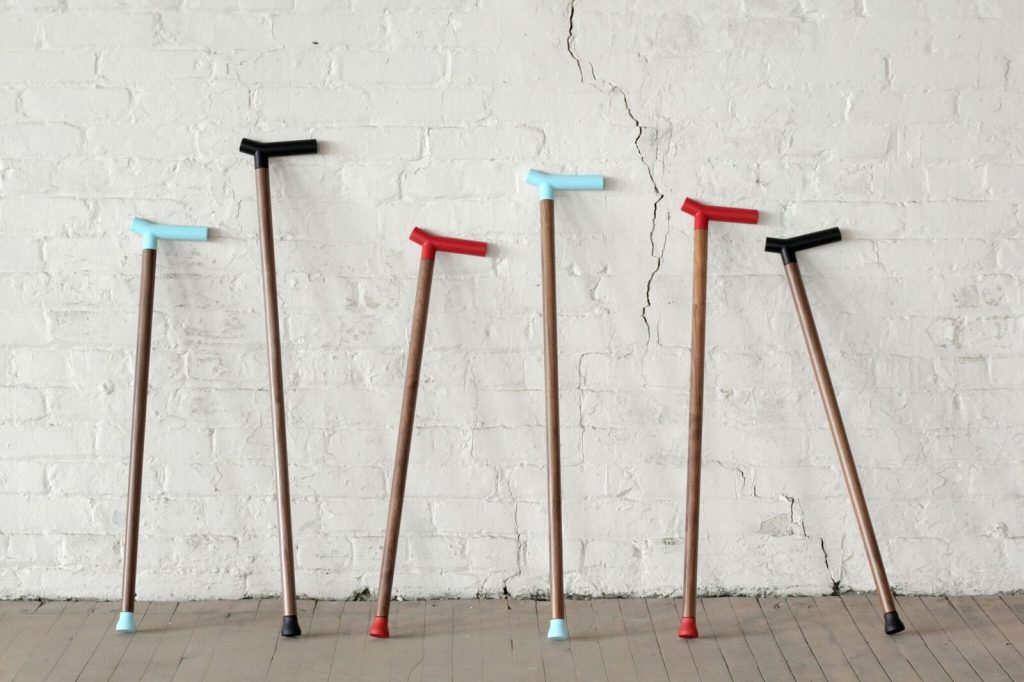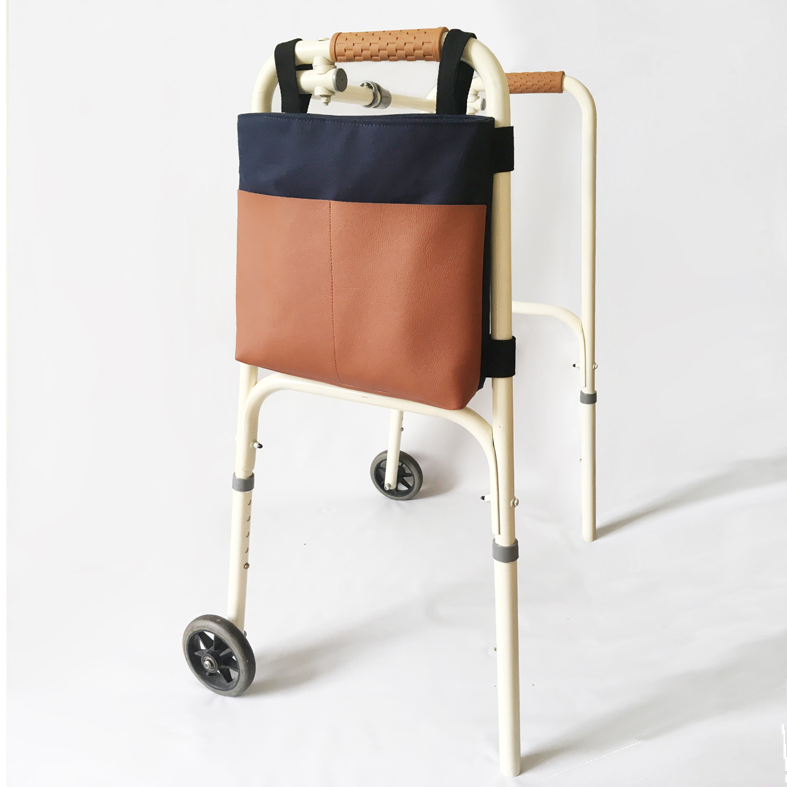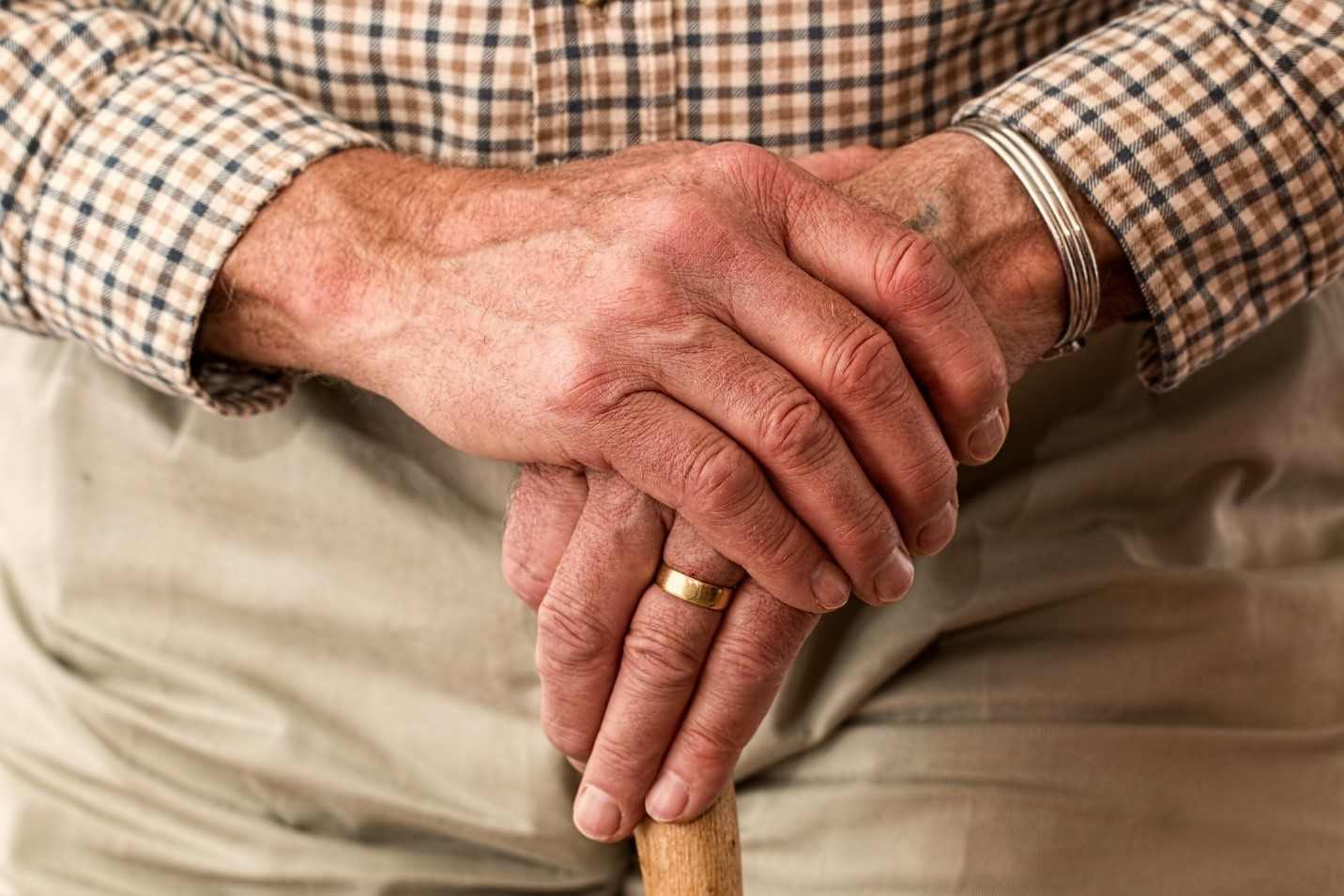
Walking Aid Options
Walking seems so simple that we often don’t think about how important it is until we are no longer able to walk properly. Walking is critical to our every day life and being able to walk is instrumental to our overall health, safety, well-being, confidence, and independence.
When injury, illness, or aging prevent us from walking independently, walking aids may be needed to maintain this vital function. Walking aids include canes, walkers, and rollators. They work by widening the base of support to compensate a loss of balance and reduced mobility, thus reducing the risk of fall. What’s more, they can also raise activity levels. By being able to stand up and walk, an individual can reduce further health complications associated with inactivity (osteoporosis, cardiovascular diseases, and muscle wasting).
With the many devices available, how can you find which one is most useful to your personal needs? We’ve developed this Q&A to help you navigate the world of technical aids.
How Does a Cane Help?
The standard cane has one tip for support, a crooked handle or handgrip, and a shaft. Canes are often used by someone who has a mild level of disability (arthritis, back problems). When used properly, its main function is to shift your body weight from your back and legs to your arms and the cane. A cane can support about 25% of your body weight. This is helpful because it decreases the load on the joints and muscles. Canes can promote good posture by evenly redistributing body mass. They can also aid with balance and stability, especially when walking on uneven surfaces or around obstacles.
How Does a Walker Help?
The standard walker has a frame, four posts, front wheels (in most cases), two rear blades and one grip for each hand. It is important to note that most walkers are pushed not carried. Walkers offer an enhanced level of support and require the least amount of coordination. They are commonly used when there is more important lower body weakness, an inability to bear weight on lower limbs, or for poor balance control (stroke, Parkinson’s disease). A walker can support about 50 % of your body weight. When used properly, it can aid in feeling more stable and reduces stress on the lower parts of the body (back and legs).
How Does a Rollator Help?
The standard rollator works much like a walker, but with some key differences. Although both rollators and walkers are pushed, a rollator has four wheels instead of two. Some types of rollators include extra features, such as handbrakes, baskets, and seats. Rollators usually have a seat and tend to be more modern and fashionable. They have front wheels that rotate, making turning and steering far easier. Like walkers, rollators offer an enhanced level of support, however, they are bulkier and can be harder to handle. They are commonly used for similar purposes to the walker and offer much of the same benefits. Rollators are typically used outdoors but can be used indoors as well.
With all the different walking aids out there, choosing the right one can be a challenge. When exploring walking aids, it is important to:
- Work with a healthcare professional, such as a doctor or physiotherapist – they can help you find the assistive device that is right for you.
- Once the aid is chosen, be sure to adjust the cane, walker, or rollator so that it fits your body requirements perfectly.
- Learn how to properly operate and use the aid – when used correctly, the aid will provide relief.
- Any of the above suggestions must be taken seriously – the risk of stopping use of the device increases greatly when it is not adjusted for you.


